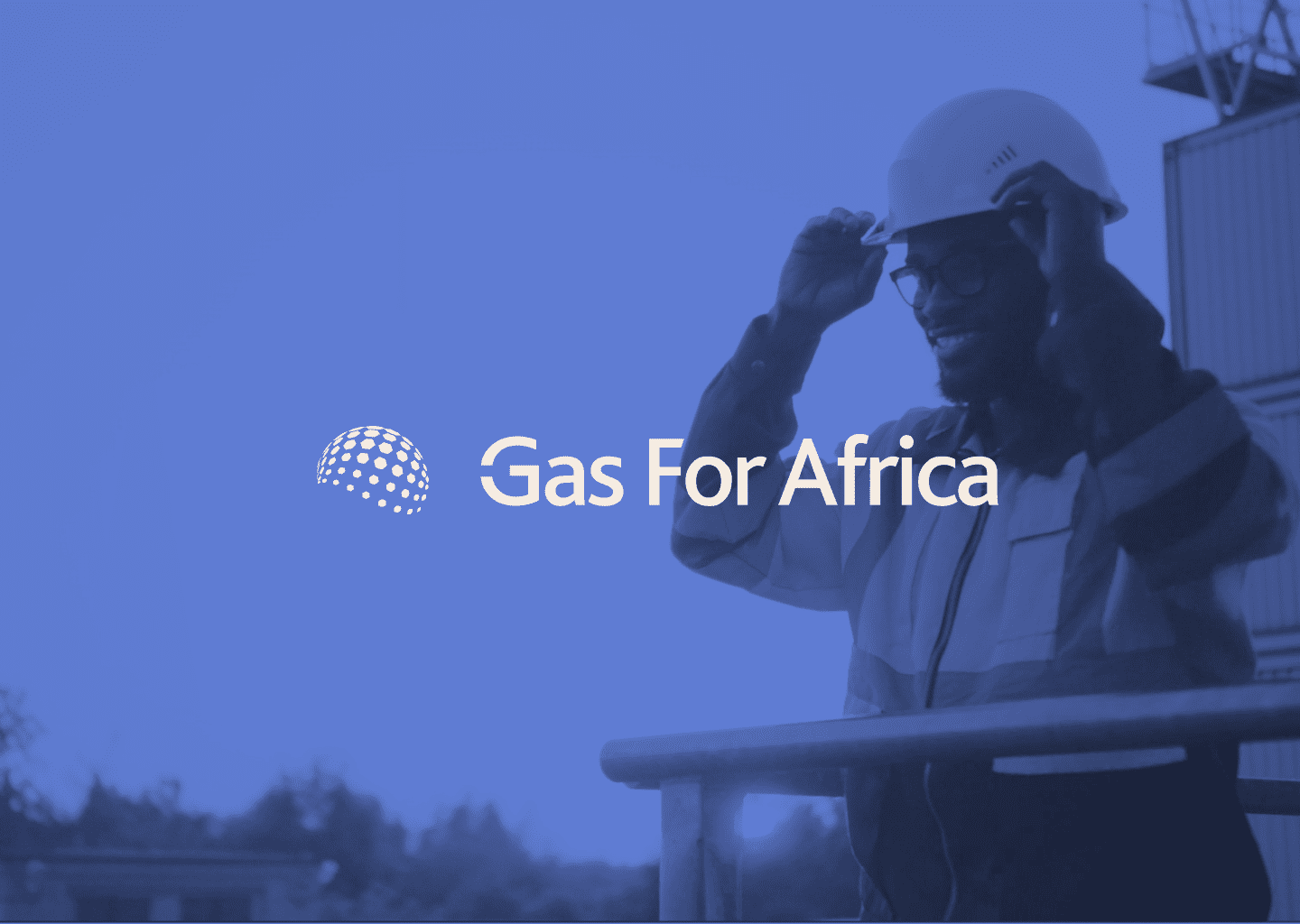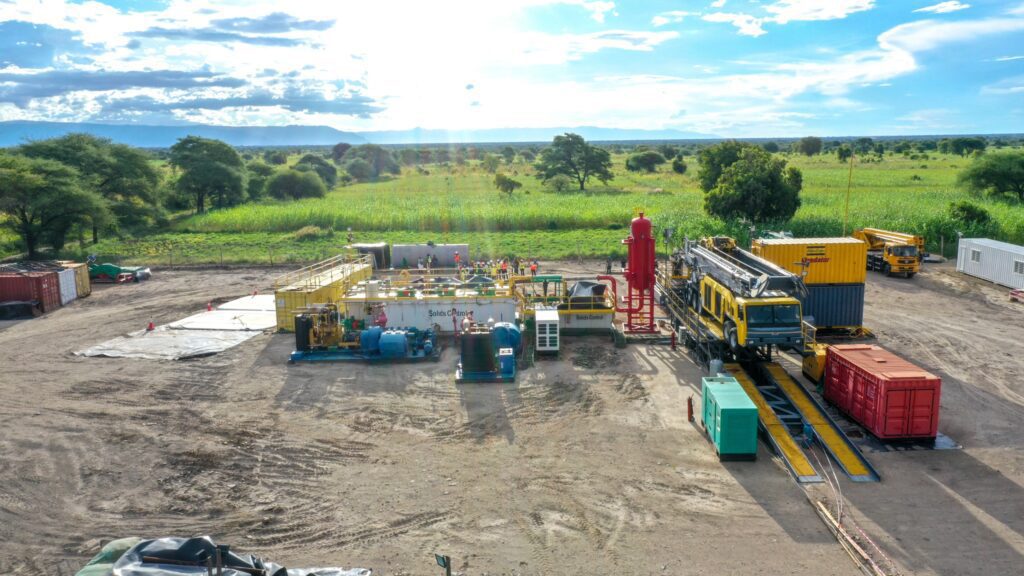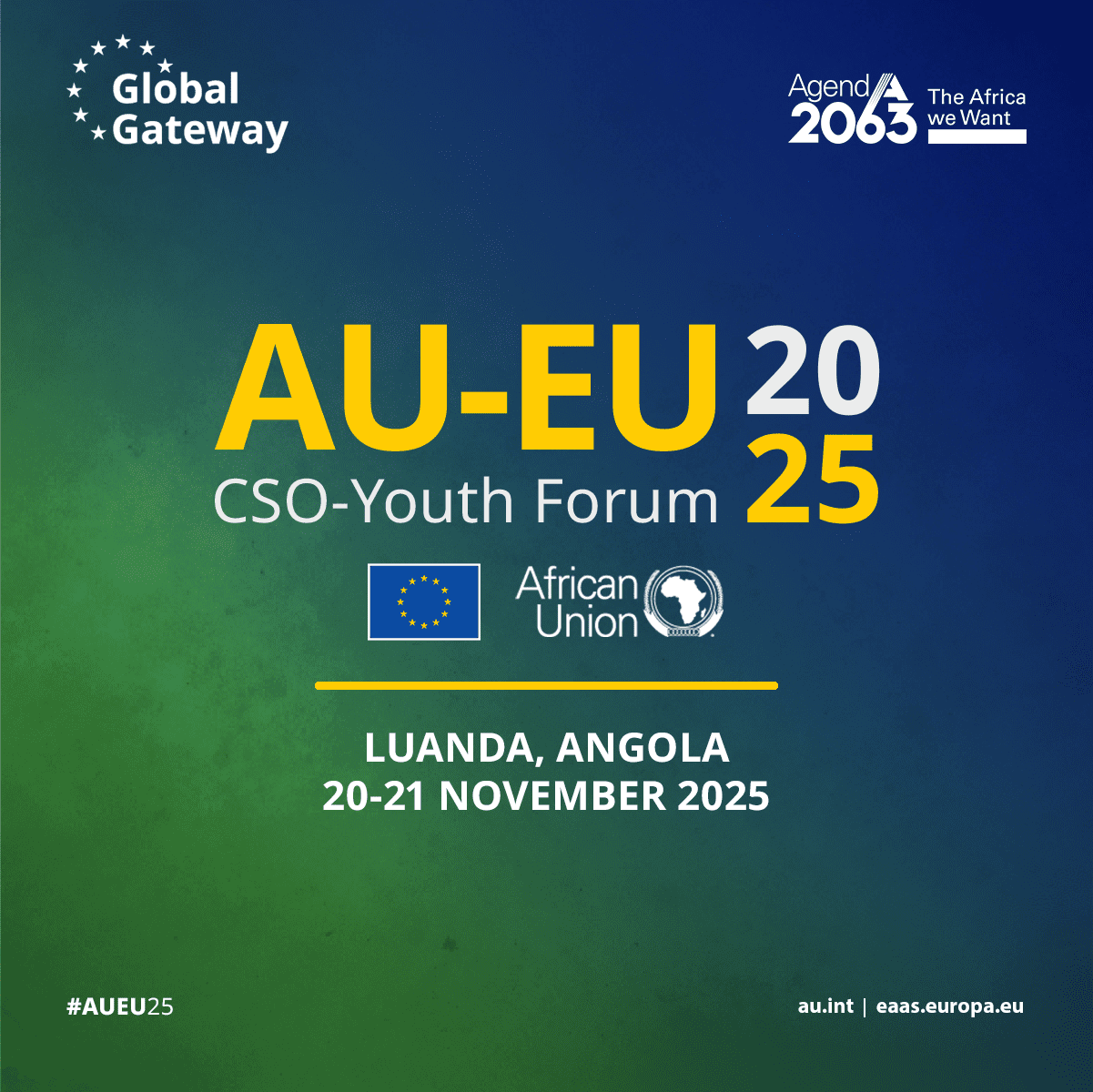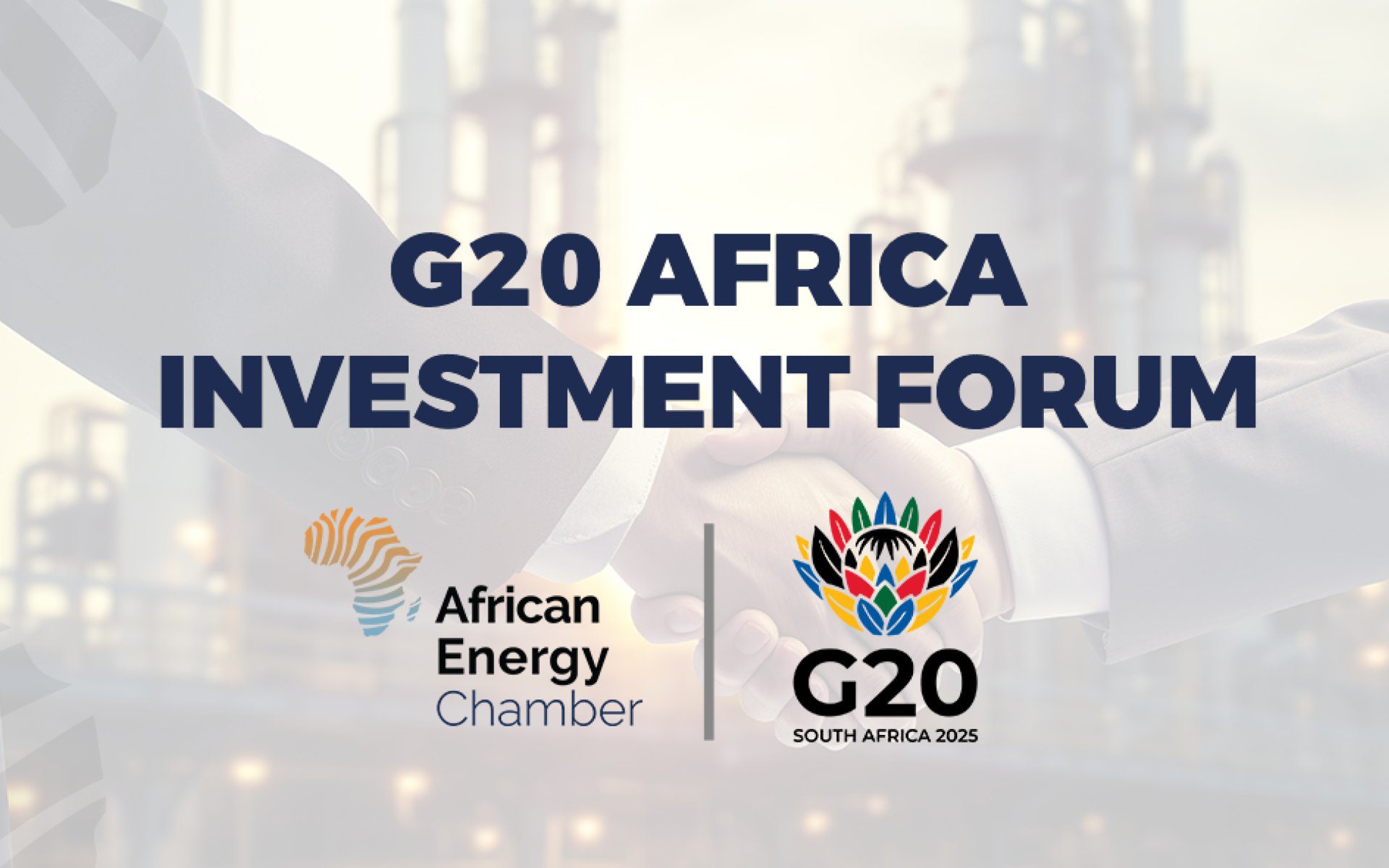
Monday 11th August 2025

By InAfrika Reporter
At dawn on the Rukwa flats the air feels the same, but the story underfoot has shifted. For years helium was a rumour in Southern Tanzania—seeps in the bush, lab vials, investor decks—until a drill bit at Itumbula West-1 pushed helium to surface at commercial-grade concentrations and turned a frontier idea into a live project. That well, and the quiet months of testing that followed, gave Tanzania what explorers had chased for a decade: proof that helium here isn’t folklore. It’s flowing. London Stock Exchange
Since then the pathway has hardened from speculation to structure. In July 2025 Helium One Global confirmed government approval for a 480 km² mining licence over its Southern Rukwa project—run through a new joint venture, Songwe Helium Ltd—formalising a 17% free-carried interest for the state and clearing the way for production engineering, including an electrical submersible pump operation at the discovery. In a country where predictability is now prized by capital, those numbers matter as much as the geology. A licence this size, a JV with defined state equity, and a stated plan to move from testing to lift give the sector a spine.
The legal frame behind it is not guesswork. Since 2017, Tanzania’s mining regime has required not less than 16% non-dilutable free-carried interest for the Government in any mining or special mining-licence project, with room—where tax expenditures are quantified—for state participation to rise. For investors and lenders that’s the rulebook, not a surprise clause, and it is now being applied to helium the same way it is to gold or graphite. Clarity lowers friction when term sheets reach committee.
The rocks have done their part. Company releases document helium flowing to surface at up to 4.7% from the Itumbula West-1 test; later materials cite sustained flows during extended testing and higher spot readings at surface seeps across the basin. Strip out the promotion and the basic point remains: Rukwa can deliver helium-rich gas that a plant can process, and the licence gives the operator permission to prove it at scale. The next milestone is less romantic and more important—repeatable volumes and stable composition under controlled lift.
Tanzania is not betting on one horse, either. To the north, ASX-listed Noble Helium has upgraded its prospective resource at North Rukwa, arguing the charge model supports a larger prize than first mapped and flagging follow-on drilling. In commodity markets, parallel campaigns are more than competition; they are a signal to buyers that a basin can mature into a province, with multiple sources under comparable standards. For a new helium address, that legitimacy is currency.
Why the urgency for a noble gas most people only meet in party balloons? Because the world’s supply cushion has thinned and the uses that matter—MRI cooling, semiconductor manufacturing, aerospace and space launch—don’t have easy substitutes. USGS data show global helium output rose only modestly in 2024, while industry research and mainstream reporting point to demand growth tracking the chip build-out and AI hardware cycle, with global consumption set to climb sharply into the 2030s. In short: credible new supply gets attention, and delivery reputations will be bankable.
None of this excuses sloppy execution. Southern logistics still bite in the rains, subsurface can make fools of beautiful models, and trust with communities and conservationists has to be earned in daylight. Tanzania’s helium will always live near a hard environmental conversation because of the 2012 World Heritage decision that excised the Mkuju mining area from the then-Selous with strict, ongoing safeguards attached; the lesson travels: publish your water balance, your radiation monitoring, your tailings integrity—quarter after quarter—and let the data carry the argument. In a market this small, opacity is a self-inflicted wound.
What’s different now is that the country has moved from “maybe” to “mandate.” Discovery to surface has been shown; the first dedicated helium mining licence is in place with defined state participation; a development plan is on the table; and a neighbouring operator is bulking up the basin story. If the next twelve months are about anything, they are about rhythm: engineering discipline over theatre, steady lift over hype, and a paper trail of compliance that investors, regulators, and neighbours can read without squinting. If Tanzania keeps that tempo, helium here won’t be a headline. It will be a supply line.


